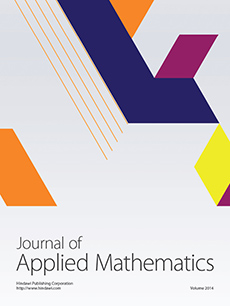Abstract
To preserve crop production losses, monitoring of desert locust attacks is a significant feature of agriculture. In this paper, a mathematical model was formulated and analyzed to protect crops against desert locust attack via early intervention tactics. We consider a triple intervention approach, namely, proaction, reaction, and outbreak prevention. The model integrates a stage-structured locust population, logistics-based crop biomass, and blended early intervention via pesticide spray. We assume that the amount of pesticide spray is proportional to the density of the locust population in the infested area. Conventional short residual pesticides within ultralow volume formulation and equipment control operations are considered. The trivial and locust-free equilibrium of the model is unstable, whereas the interior equilibrium is asymptotically stable. Numerical simulations validate the theoretical results of the model. In the absence of intervention measures, desert locust losses are approximately 71% of expected crop production. The model projection shows that effective proactive early intervention on hopper stage locust contained locust infestation and subdued public health and environmental hazards. Relevant and up-to-date combined early interventions control desert locust aggression and crop production losses.
Citation
Dejen Ketema Mamo. Dejene Shewakena Bedane. "Modelling the Impacts of Early Intervention on Desert Locust Outbreak Prevention." J. Appl. Math. 2021 1 - 8, 2021. https://doi.org/10.1155/2021/5538300
Information





